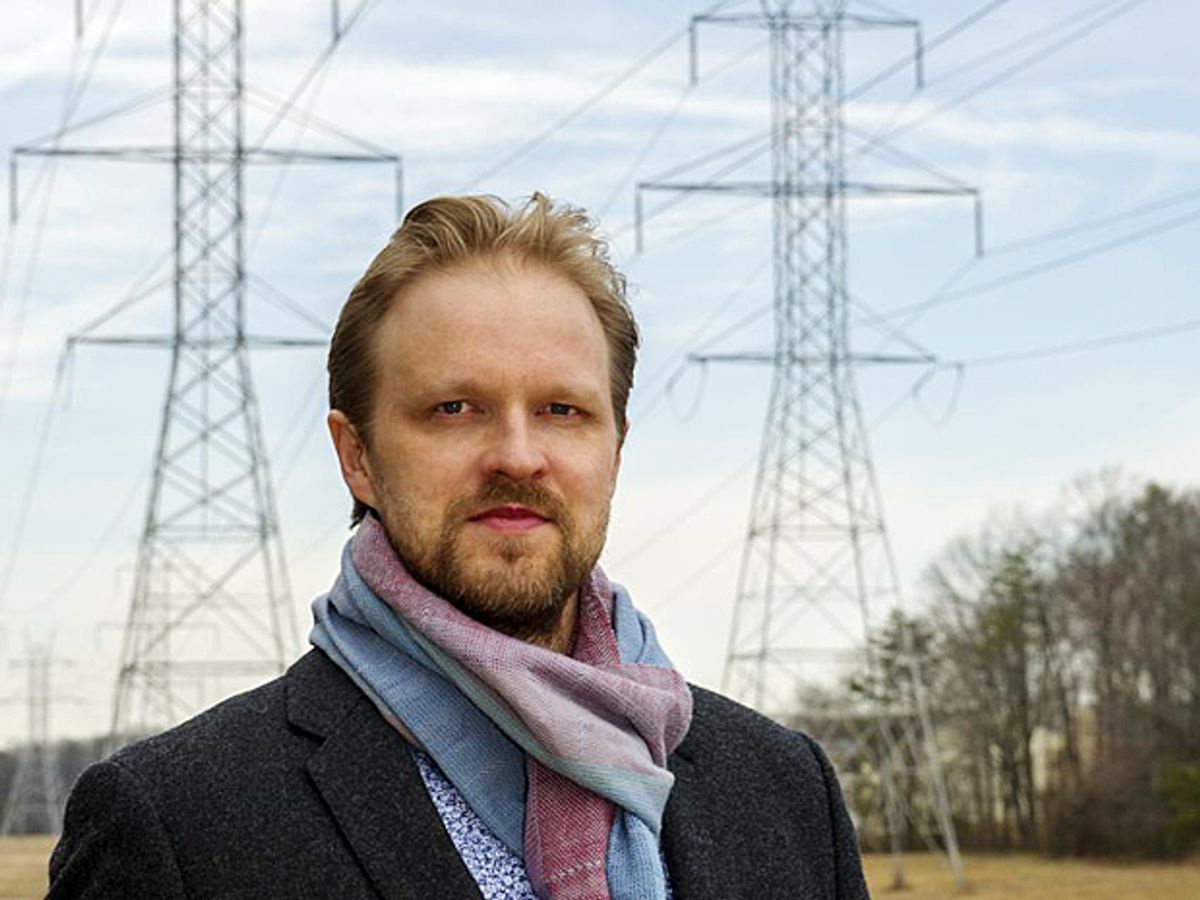Not all threats to the electric grid originate here on Earth. To better understand large solar events, which can be dangerous to the transmission grid, a researcher at NASA’s Goddard Space Flight Center is using high-voltage transmission lines to map large-scale geomagnetically-induced currents (GICs).
GICs occur when the sun ejects huge bubbles of charged particles that can carry up to 10 billion tons of matter. When the bubbles strike the Earth’s atmosphere, the geomagnetic field that surrounds our planet fluctuates.
These fluctuations in the electrical current can then flow through any large conductive structure such as power lines, oil and gas pipelines, undersea cables, and railways, according to NASA. When excess current flows through the electric transmission system, it can overload transformers and collapse the system, leading to large-scale outages. From 1960 to 2000, the high voltage grid in the United States has grown nearly tenfold, according Oak Ridge National Laboratory [PDF], making it increasingly susceptible to GICs.
The concern that a large GIC could plunge part of the United States into a blackout is high on the list of issues faced by the Federal Energy Regulatory Commission (FERC), and is as much of a focus as physical or cyber security threats.
Last year, FERC ordered the North American Reliability Corporation to propose reliability standards for the grid that address the impact of geomagnetic disturbances; owners of the bulk-power grid will have to conduct assessments of the potential impact of GICs on their systems moving forward.
To better understand the effects of GICs, Antti Pulkkinen, a heliophysicst at Goddard, is installing three substations beneath high-voltage transmission lines to measure GICs.
“This is the first time we have used the U.S. high-voltage power transmission system as a science tool to map large-scale GICs,” Pulkkinen said in the NASA publication Cutting Edge [PDF]. “This application will allow unprecedented, game-changing data gathering over a wide range of spatial and temporal scales.”
Two of the three substations being built by Goddard engineers will be buried 1.2 meters below ground at a spot where Dominion Virginia Power’s high-voltage lines pass overhead. The lines will act as antennae for the electrical current. The substations will contain commercially available magnetometers that can make precise measurements of GICs. (The third substation will be located about three kilometers away to provide reference measurements.)
Pulkkinen’s team is using technology also developed at Goddard to command and control the magnetometers from an iPad. The application, which tags and geolocates data, will send it to a server once every second.
The pilot project is expected to last one to two years, but Pulkkinen hopes to eventually deploy hundreds of substations with long-term funding from multiple government agencies. The current project is funded by NASA’s Center Innovation Fund and Goddard International Research and Development program.



